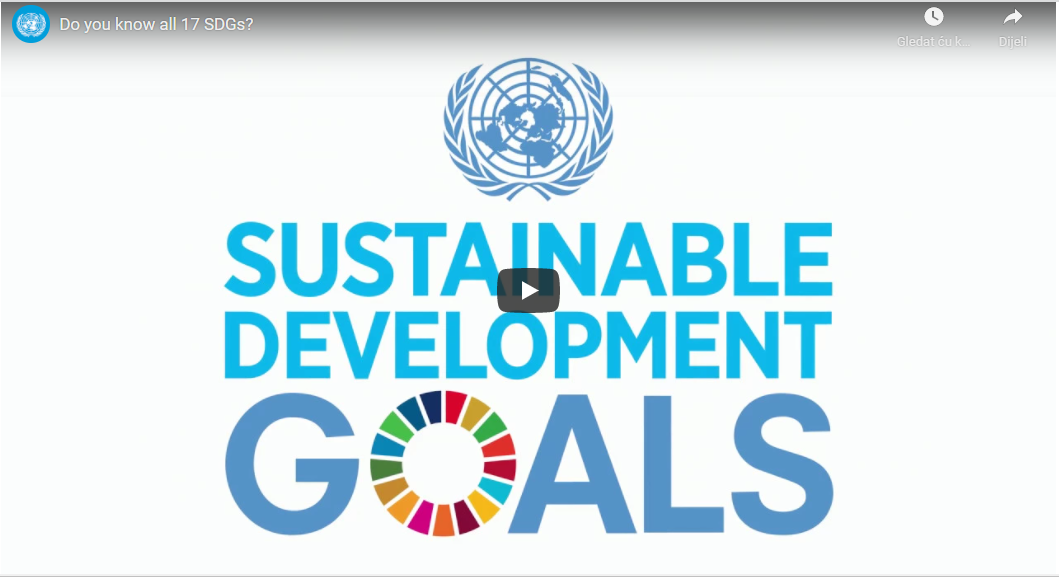Skip to main content
Environmental protection and Sustainable Development
Environmental protection is a set of measures for the preservation of natural resources, primarily water, soil and air, for human needs or interests, primarily economic and health. It developed in the second half of the XX century, when the growth of economic activities and traffic, increasing world population, consumption of raw materials and fossil fuels and the associated burden of waste began to threaten economic development and the basis of modern civilization. The first coordinated activity in the field of environmental protection at the global level was the Stockholm Conference on the Human Environment, held in 1972. Since then, several global meetings and conferences on environmental protection have been held, at which various documents have been compiled and adopted. Since 1992 (UNCED: United Nations Conference on Environment and Development, Rio de Janeiro), much attention has been paid to biodiversity conservation as well as climate change.
Sustainable development (balanced development) means economic development that fully takes into account the impact of economic activity on the environment and is based on renewable sources of goods. The name was introduced at the UN Conference on Environment and Development in Rio de Janeiro in 1992. The basic premise of sustainable development is: increasing welfare is measured by increasing the quality of life of individuals and the general population, not by increasing the amount of material goods or energy produced or consumed. (translated from Croatian: Hrvatska enciklopedija, mrežno izdanje. Leksikografski zavod Miroslav Krleža, 2021. Accessed 23rd June 2021.) http://www.enciklopedija.hr/Natuknica.aspx?ID=66938
Since 2015, the most important document in this area is the United Nations Program on Sustainable Development until 2030, the so-called 2030 Agenda, adopted at the United Nations Summit on Sustainable Development in New York. The main backbone of the development agenda is the 17 Sustainable Development Goals (SDGs), which are elaborated in 169 closely related sub-goals. It is a key platform for addressing today's most important challenges in their interconnected economic, social, environmental and political-security dimensions. (translated from Croatian: http://www.mvep.hr/hr/vanjska-politika/multilateralni-odnosi0/globalne-teme/odrzivi-razvoj/ Accessed 23rd June 2021.)
Participants will watch a short video on the goals of sustainable development and become acquainted with the official site:

After watching, the facilitator can turn off the video and ask the participants to write down 17 goals from memory. After writing down, participants can compare how many goals they know by heart. Participants can check the accuracy of their notes by watching the video again.
No Comments